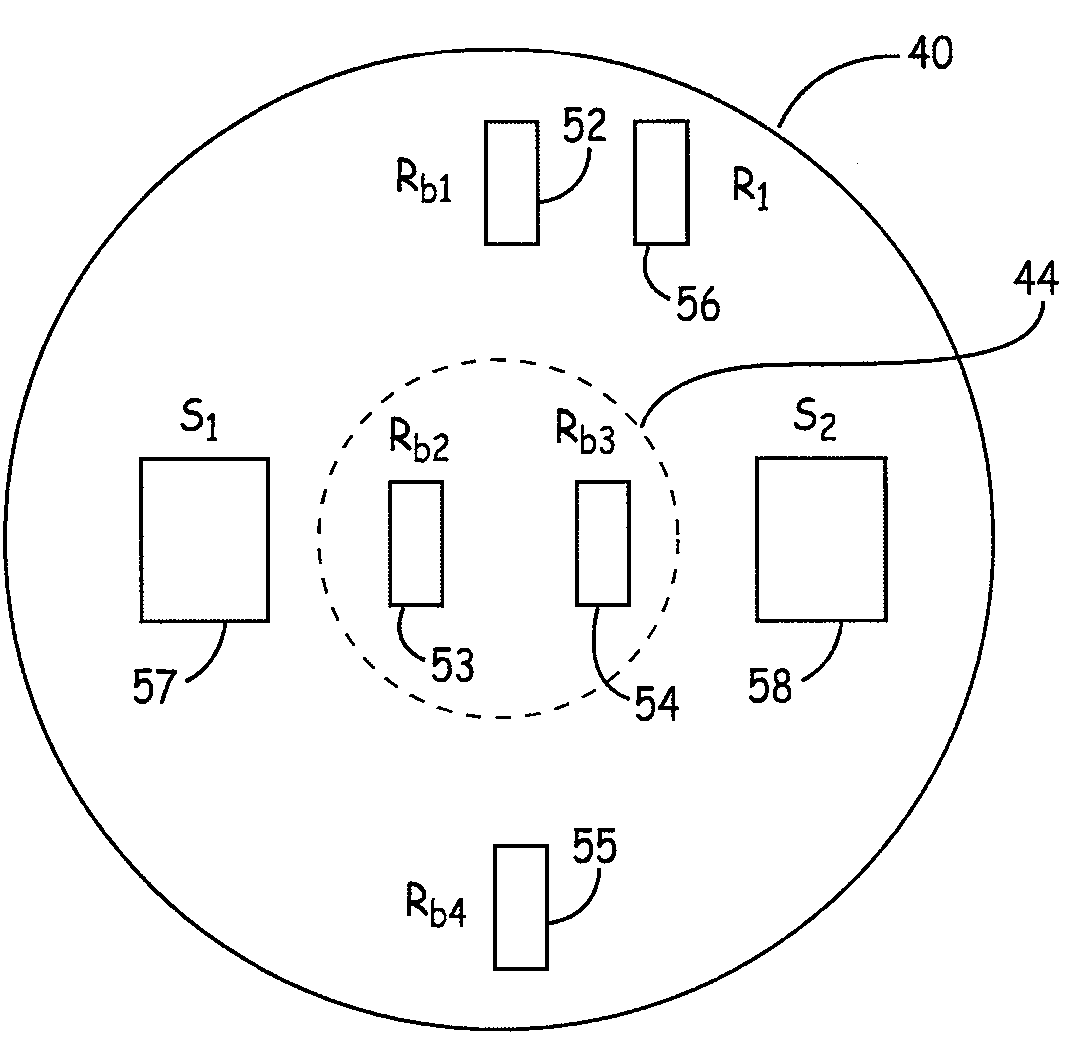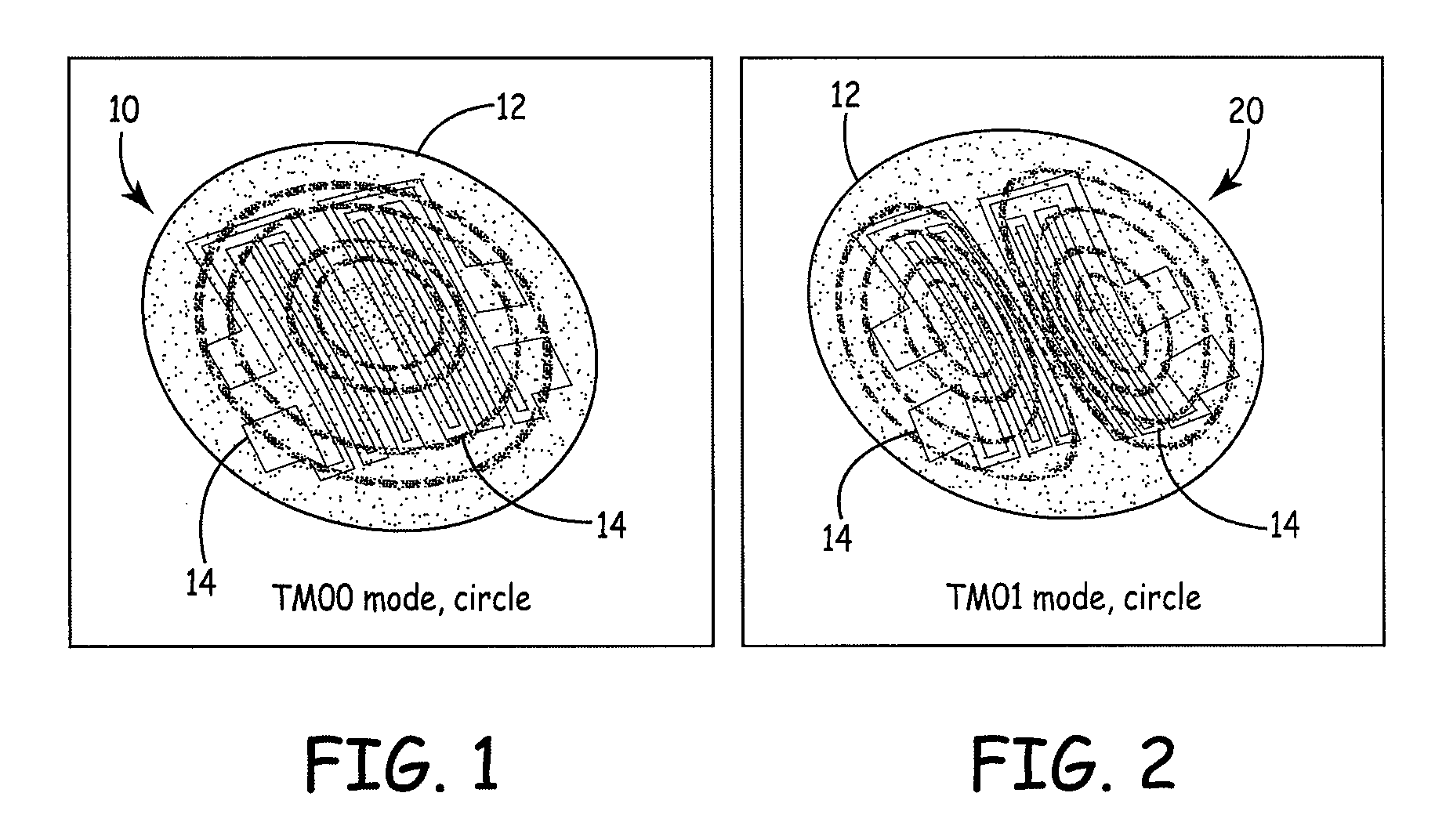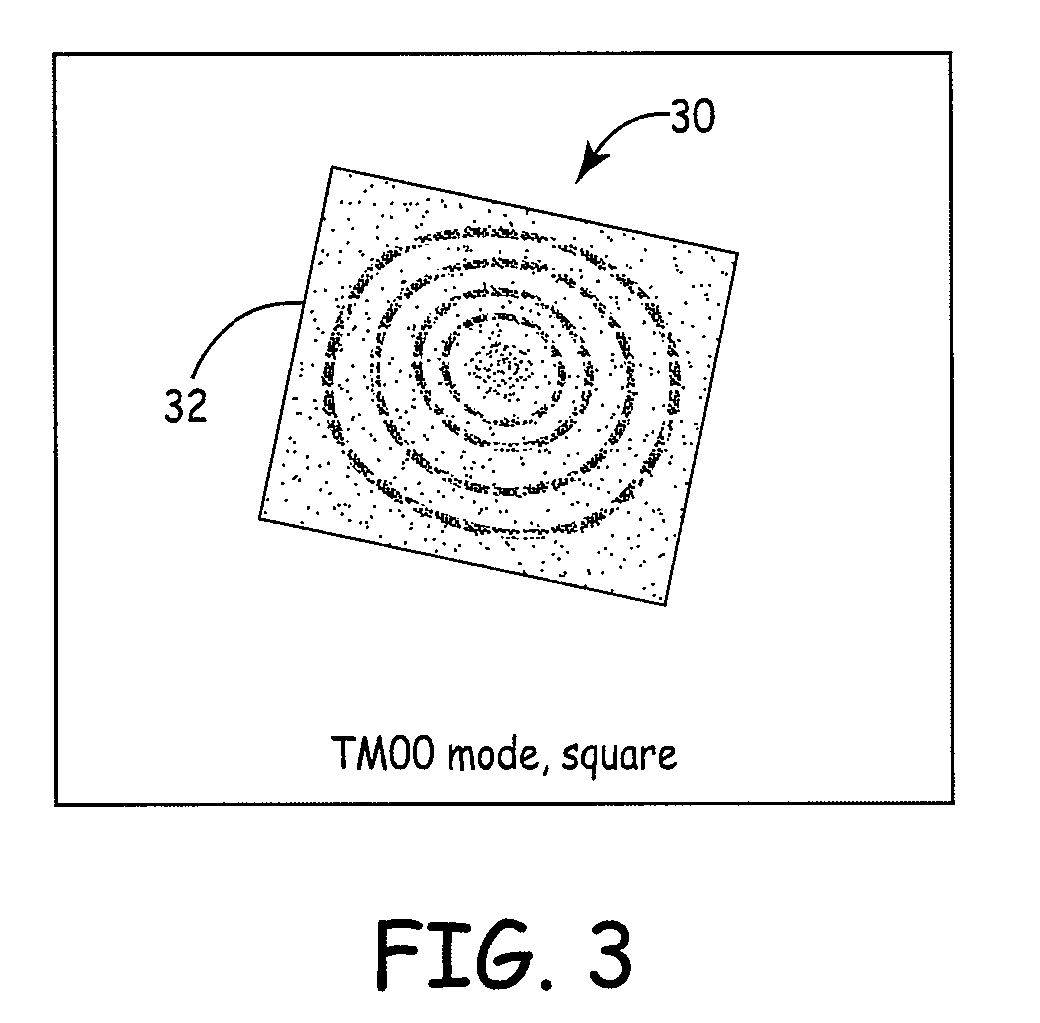Self-calibrating pressure sensor
a self-calibrating, pressure sensor technology, applied in the direction of fluid pressure measurement using elastically deformable gauges, instruments, mechanical elements, etc., can solve the problems of diaphragm based pressure sensors suffering calibration drift, sensor failure, sensor partial or total failure, etc., to achieve the effect of improving process efficiency, operational cost, and reliability
- Summary
- Abstract
- Description
- Claims
- Application Information
AI Technical Summary
Benefits of technology
Problems solved by technology
Method used
Image
Examples
Embodiment Construction
[0022] The present invention is a novel and advantageous self-calibrating sensor. The present invention can be applied to, for example, a self-calibrating pressure sensor, in which a deformation of a diaphragm can be detected and self-calibrated. Although the present invention is described herein with respect to a self-calibrating pressure sensor, the principles apply, in general, to other types of sensors used to measure physical quantities, such as, but not limited to, temperature, light intensity, radiation, force, position or other mechanical movements, such as vibration, sound, acceleration and rotation. The pressure sensor of the present invention may be used for, but not limited to, medical equipment, HVAC equipment, process controls, industrial machinery, pumps, robotics, etc.
[0023] Generally, the category of pressure sensors considered here, are constructed of a flexible diaphragm with strain gauges bonded to, or diffused into, it, acting as resistive elements. As the pres...
PUM
| Property | Measurement | Unit |
|---|---|---|
| pressure | aaaaa | aaaaa |
| frequency shift | aaaaa | aaaaa |
| specific frequency responses | aaaaa | aaaaa |
Abstract
Description
Claims
Application Information
 Login to View More
Login to View More - R&D
- Intellectual Property
- Life Sciences
- Materials
- Tech Scout
- Unparalleled Data Quality
- Higher Quality Content
- 60% Fewer Hallucinations
Browse by: Latest US Patents, China's latest patents, Technical Efficacy Thesaurus, Application Domain, Technology Topic, Popular Technical Reports.
© 2025 PatSnap. All rights reserved.Legal|Privacy policy|Modern Slavery Act Transparency Statement|Sitemap|About US| Contact US: help@patsnap.com



